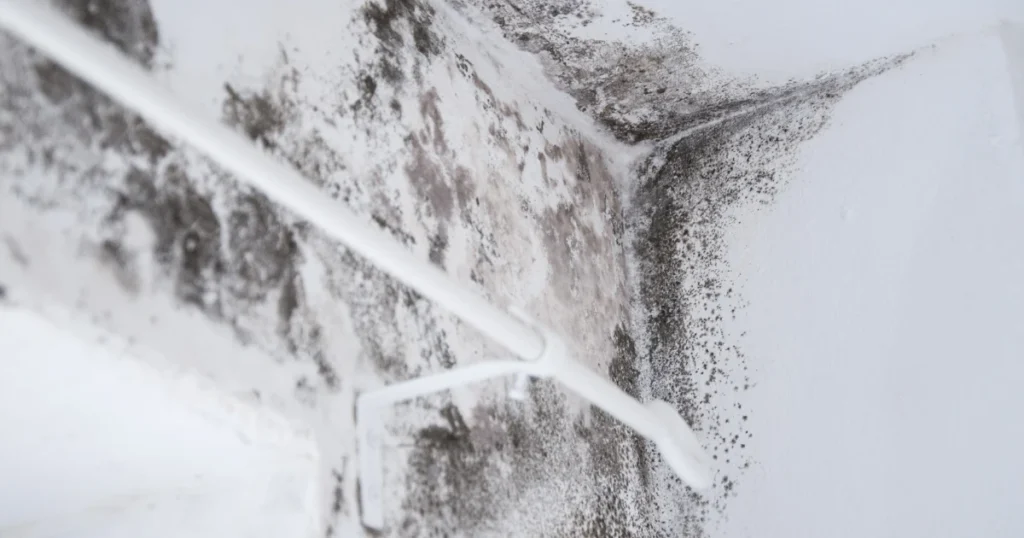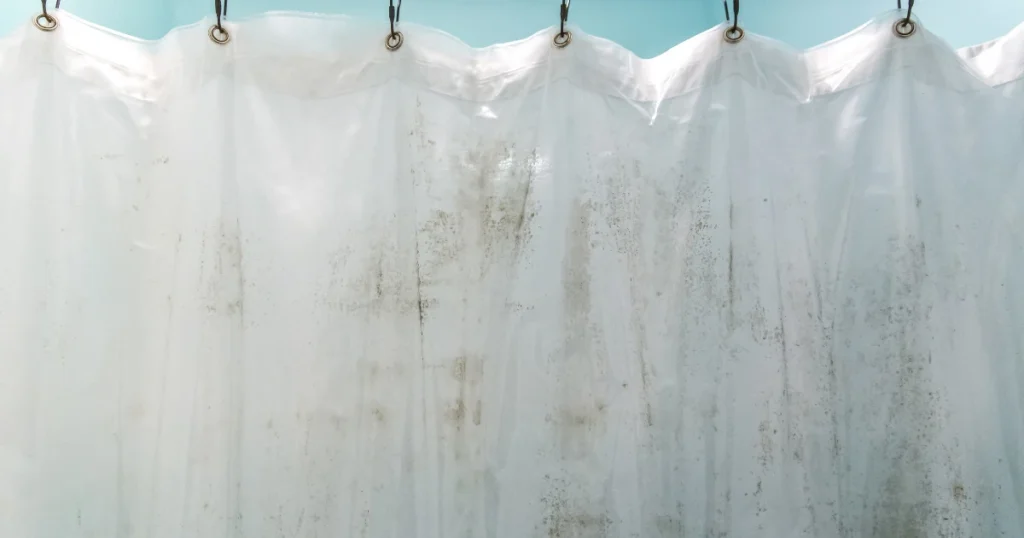When it comes to household problems, few things are as frustrating as dealing with mould and mildew. Both are common in homes across Australia, particularly in humid climates or spaces with poor ventilation. While they might seem similar at first glance, mould and mildew are distinct issues that require different approaches for effective management. In this blog, we’ll explore the key differences between mould and mildew, their causes, and how to handle both effectively, with a focus on professional mould remediation where necessary.
Before diving into the differences, it’s essential to understand what mould and mildew are. Both are fungi, but they have unique characteristics that set them apart.
Mould: Mould is a type of fungus that thrives in damp, warm, and poorly ventilated environments. It can appear in various colours, including black, green, white, or even orange. Mould often has a fuzzy or slimy texture and tends to grow on surfaces like walls, ceilings, carpets, and wood.
Mildew: Mildew is a specific type of mould, but it is typically less aggressive and more superficial. It appears as a white or grey powdery substance that usually grows on flat, moist surfaces, such as bathroom tiles, fabric, or paper.
Although mould and mildew are related, their characteristics and impacts differ significantly.
| Feature | Mould | Mildew |
|---|---|---|
| Appearance | Fuzzy, slimy; black, green, orange, or white | Powdery or downy; white, grey, or yellow |
| Growth Areas | Walls, ceilings, wood, carpets, food | Surfaces like tiles, fabrics, and paper |
| Health Risks | Severe; respiratory issues, allergies, asthma | Mild; can cause minor respiratory problems |
| Depth | Penetrates surfaces | Stays on surface |
| Odour | Musty and strong | Mild or earthy |
Understanding these differences is crucial in deciding how to address the problem. While mildew can often be handled with DIY cleaning methods, mould infestations often require professional mould remediation to ensure safety and long-term prevention.


Mould and mildew thrive in similar conditions, which is why they are often mistaken for one another. Here are the common causes:
Excess Moisture
Leaks, spills, or high humidity levels create the perfect environment for fungal growth.
Poor Ventilation
Spaces with limited airflow, such as bathrooms, basements, and cupboards, are especially vulnerable.
Warm Temperatures
Both mould and mildew flourish in warm climates, making them a frequent issue in Australian homes.
Organic Surfaces
Materials like wood, paper, or fabric provide nutrients that encourage fungal growth.
Visually identifying whether you’re dealing with mould or mildew can save you time and effort. Here’s what to look for:
When in doubt, consult a mould remediation expert who can assess the extent of the problem.
Mildew might seem harmless at first but it can become a breeding ground for more aggressive mould if left untreated.
While mildew might seem harmless at first, it can become a breeding ground for more aggressive mould if left untreated. The risks associated with mould are far more serious:
Health Risks: Mould can trigger respiratory problems, skin irritation, and even more severe health issues for those with asthma or allergies. Black mould, in particular, is toxic and requires immediate attention.
Structural Damage: Mould can compromise the structural integrity of your home, causing wood to rot, walls to weaken, and paint to peel.
Decreased Property Value: Visible mould or mildew can reduce the value of your property, making it harder to sell.
The approach to handling mould and mildew differs based on the severity of the issue.
For smaller mould patches (less than one square metre), you can attempt DIY solutions:
If the mould covers a larger area or has penetrated porous surfaces, professional mould remediation is essential. Experts can safely remove the mould, repair damaged structures, and implement long-term prevention strategies.

Here are situations where you should avoid DIY methods and consult mould remediation experts:
Professional mould remediation services use advanced tools to locate hidden mould, safely remove it, and implement preventive measures to keep your home mould-free.
Prevention is always better than cure. Here are some practical tips to minimise the risk of mould and mildew in your home:
While mould and mildew might appear similar, their impacts and treatments are vastly different. Mildew is often a surface-level nuisance that can be handled with DIY methods, but mould is a more serious problem that often requires professional intervention. Understanding these differences and knowing when to call for professional mould remediation can save you time, money, and health risks.
By identifying the type of fungal growth in your home and taking the appropriate steps, you can protect your family’s health and the structural integrity of your property. If you’re dealing with a mould problem that feels overwhelming, don’t hesitate to contact a professional mould remediation service for expert assistance.
Investing in the right solutions today will ensure a safer, healthier, and mould-free home for the future.
Does your property need professional mould remediation? Trust the expert with AllAces Cleaning & Restoration today!

AllAces Cleaning & Restoration Expert
Aaron is a seasoned professional with over 16 years of experience in the restoration industry. Specialising in large-scale restoration projects and water damage restoration, Aaron has built a reputation for delivering exceptional results in challenging situations.